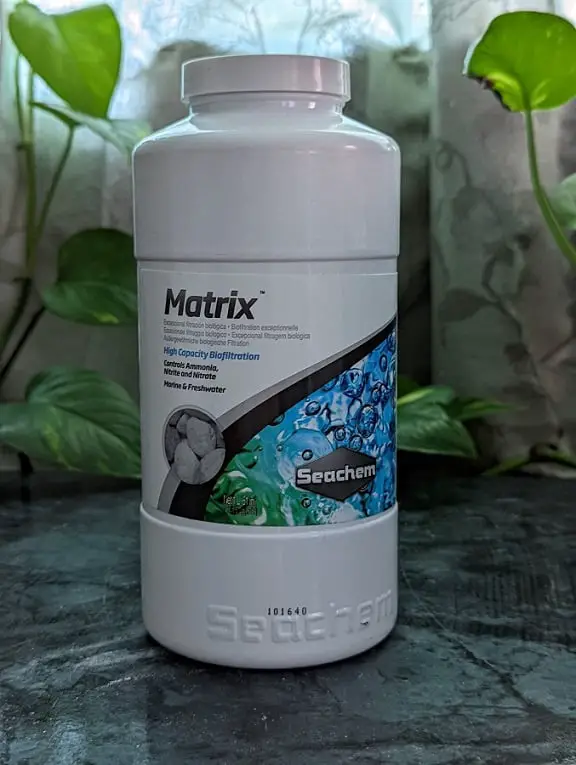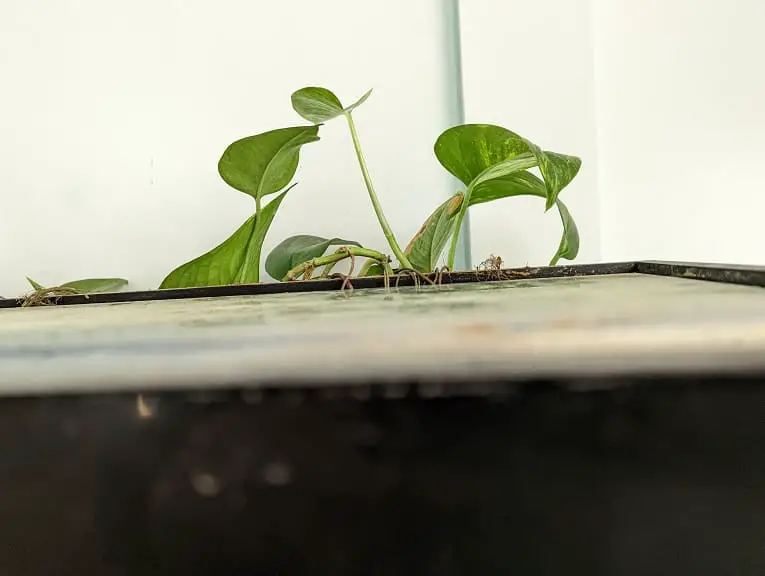In most fish tank, it can be a hassle trying to reduce nitrates to safe levels. It is even more difficult trying to get this nitrogen compound to 0 ppm. To see how can properly do so, you can check out this guide at Aquarium Blueprints.
1. For the first tip, we recommend adding specialized filter media that will help reduce nitrates in your tank.
We previously had a major issue with high nitrates in our 55-gallon fish tank as the concentration was at least 160 ppm. To resolve this, we decided to add Seachem Matrix. This filter media, which you can also put directly in your tank, features microscopic chambers that are devoid of oxygen, providing an ideal environment for nitrate-consuming bacteria to thrive in.

Once the Seachem Matrix has been fully cycled, it was able to reduce our nitrate levels significantly. We ended up using 1 Liter worth of the filter media, which is intended to treat 200 gallons of tank water, for our 55-gallon tank. So, you may want to add more Matrix than recommended if you want to achieve zero nitrates.
For more info, you can check out our Seacgem Matrix review.
2. You can add more substrate to your aquarium as well. If the substrate depth is at least 2 inches deep, then you will get areas that have very low oxygen, which is great for growing the aforementioned nitrate-eating bacteria species.
To see how you can top off your existing substrate with a new layer, you can follow the steps laid out in this post.
It is likely that adding more substrate will end up being more expensive than using a specialized filter media such as Seachem Matrix. So, if you are on a tight budget, then we recommend going with the filter media designed to lower nitrates.
3. We also found live plants to be extremely helpful when combined with using Seachem Matrix.
For our 55-gallon tank, we used a combination of Pothos with Java Moss.
For Pothos, we dipped the roots into our tank water and put the leaves above the water surface.

For Java Moss, we let the plant flow freely in our aquarium as we find that doing so will make it grow a lot faster as opposed to being tied down.
4. Of course, doing a water change should help with keeping your nitrates near zero as long as you are using it in conjunction with the other methods in this guide as well.
When doing a water change, you should also try to clean off the organic wastes that may have built up in your filter and/or substrate. Otherwise, these will contribute to the nitrate levels in your tank.
With that said, we ended up rarely doing water changes to our tank as nitrates usually stays at or near zero. The combination of Seachem Matrix, Pothos and Java Moss are more than sufficient enough to consume all the nitrate wastes that are produced by our fish and snails.
